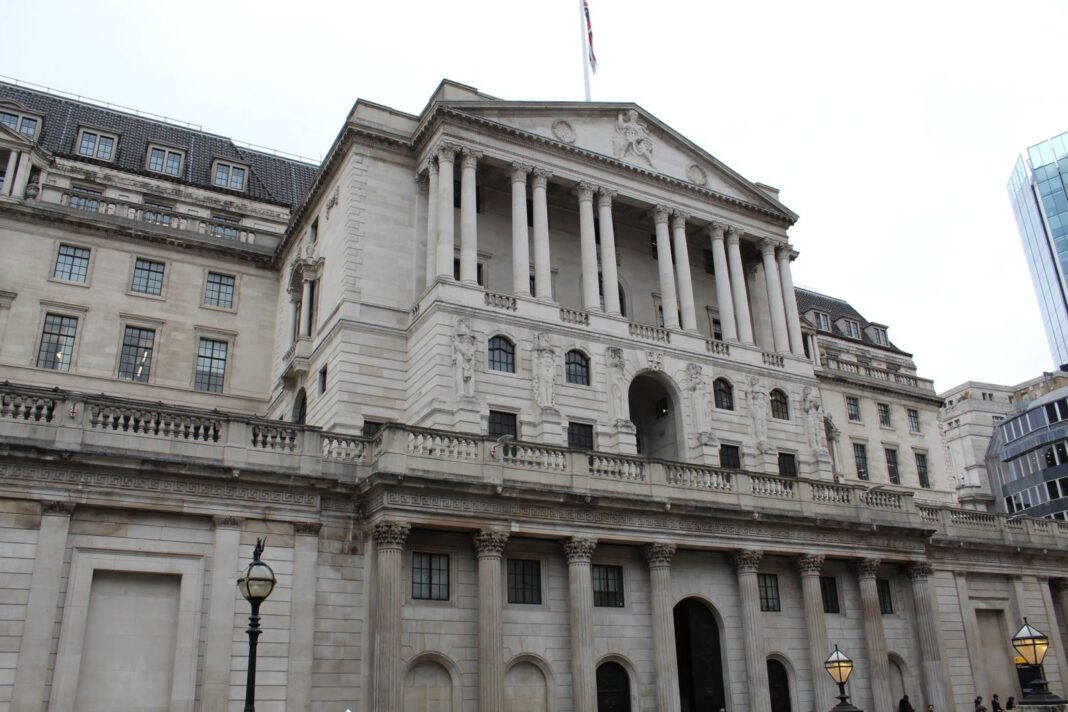UK households are borrowing more – and lenders are increasingly prepared to meet that demand – as sentiment across the credit market shows cautious signs of recovery.
But the cost of unsecured borrowing is rising, even as mortgage spreads narrow, the Bank of England’s latest Credit Conditions Survey revealed on Friday.
The survey, which covers the first quarter of 2025, paints a picture of a gradually thawing credit environment.
Lenders reported an increase in the availability of both secured and unsecured lending to households, with expectations of further easing into the second quarter.
MORTGAGE CONFIDENCE
Mortgage availability improved modestly in Q1, with lenders citing a competitive landscape and improved borrower affordability as key drivers. This is reflected in rising demand for house purchase loans, which ticked up in the opening months of the year.
While lenders anticipate this demand will stabilise in Q2, the remortgage market is expected to remain active.
Homeowners are increasingly seeking to refinance ahead of any potential movements in the Bank Rate – particularly after volatility in late 2024 underscored the risks of delaying action.
The narrowing of secured lending spreads in Q1 suggests lenders are competing more aggressively on pricing. These spreads are expected to hold steady in the coming months, offering borrowers some respite from the elevated interest rates that have dominated much of the past two years.
EXPENSIVE UNSECURED CREDIT
In contrast to the mortgage market, the cost of unsecured borrowing is rising – and may rise further still. Spreads on credit cards and personal loans widened in Q1 and are forecast to increase again in Q2, as lenders take a more cautious approach to risk in the face of ongoing economic uncertainty.
While inflation has been easing, many households remain under pressure from the lingering effects of the cost-of-living crisis, prompting greater use of short-term credit. Demand for credit cards rose in Q1 and is expected to continue climbing. Personal loan demand, while flat in the previous quarter, is also forecast to rebound.
One senior lending analyst told Property Soup: “Lenders appear to be walking a fine line – opening up credit access to support demand and consumer confidence, while also managing risk exposure through higher pricing on unsecured products.”
DEFAULTS STABLE
Lenders reported no material change in mortgage default rates during Q1, though average losses on defaulted loans edged higher – a trend that will be closely watched in the coming months. In the unsecured sector, defaults actually fell, particularly for credit card lending, where the decline was most notable.
Lenders expect both secured and unsecured default rates to remain stable through Q2, suggesting that – for now – credit conditions are improving without a corresponding deterioration in credit quality.
COMPETITION HAS GROWN

Simon Gammon, managing partner at Knight Frank Finance, says: “Mortgage availability is set to improve markedly through to the end of May, according to the Bank of England’s latest survey of lenders. These responses were collected during the final weeks of February, before President Donald Trump’s ‘Liberation Day’ and the subsequent bond market volatility.
“Economic stability and competition are the key drivers of mortgage availability – the former has deteriorated since these responses were collected, but the latter has only grown more intense.”
REMORTGAGE INCREASE
And he added: “Falls in swap rates driven by expectations of slower growth have given the lenders more leeway to cut mortgage rates in an attempt to win market share. Barclays, HSBC and Santander have all made the first moves in what could become a price war on the high street.
“Lenders are also expecting a big increase in remortgaging activity as borrowers seek to lock in new deals as interest rates fall. UK Finance estimates that 1.8 million fixed-rate mortgages will reach the end of their term this year, many of which were agreed back in 2023, when rates were much higher.”











